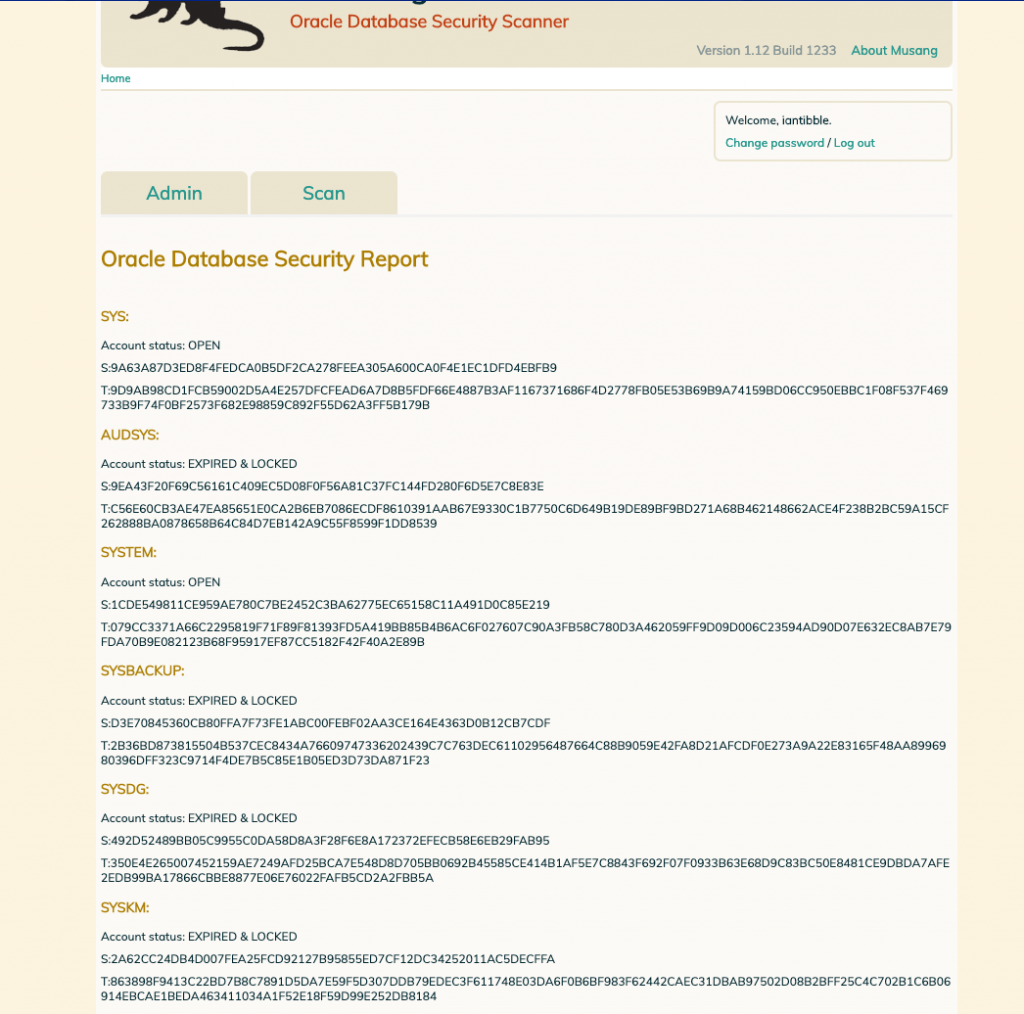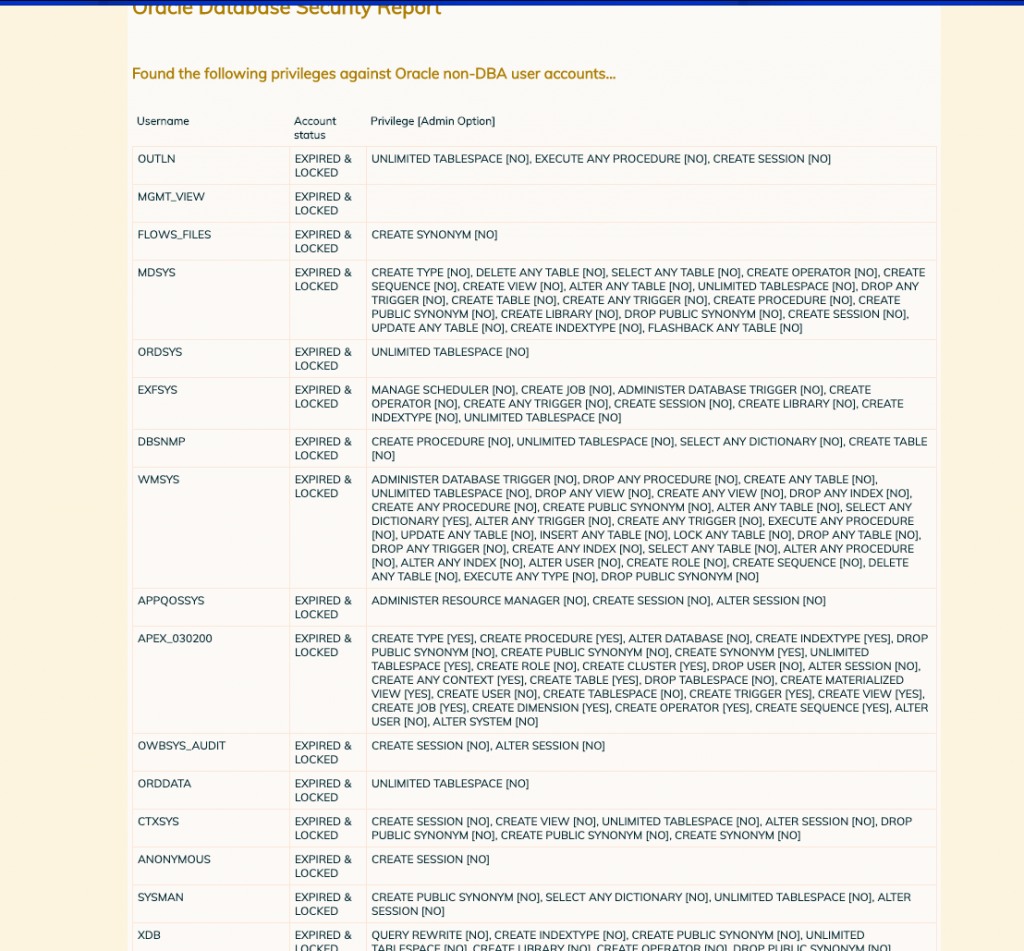CISSP has to be the most covered topic in the world of infosec. Why is that? The discussions are mostly of course aimed at self-promotion (both by folk condemning the accreditation and then the same in the defensive responses) and justifying getting the accreditation. How many petabytes are there covering this subject? If you think about it, the sheer volume of the commentary on CISSP is proportional to the level of insecurity felt by infosec peeps. It’s a symptom of a sector that is really very ill indeed, and the sheer volume of the commentary is a symptom of how ineffective CISSP is in accreditation, and also the frustration felt by people who know we can do better.
We need _something_. We do need some kind of accreditation. Right now CISSP is the only recognised accreditation. But if you design an accreditation that attempts to cover the whole of infosec in one exam, what did you think the result would be? And there is no room for any argument or discussion on this. Its time to cut the defensiveness and come clean and honest.
The first stage of solving a problem is acknowledgment of its existence. And we’re not there yet. There are still 1000s in this field who cling onto CISSP like a lifebuoy out on the open ocean. There is a direct correlation between the buoy-clingers and the claim that “security is not about IT” …stop that!! You’re not fooling anybody. Nobody believes it! All it does is make the whole sector look even more like a circus to our customers than it already does. The lack of courage to admit the truth here is having a negative impact on society in general.
Seems to me that the “mandatory” label for CISSP in job qualifications is now rare to see. But CISSP is still alive and is better than nothing. Just stop pretending that it’s anything other than an inch thick and a mile wide.
Really we need an entry-level accreditation that tests a baseline level of technical skills and the possession of an attack mindset. We can’t attack or defend, or make calls on risk without an attack mindset. GRC is a thing in security and its a relevant thing – but it doesn’t take up much intellectual space so therefore it needs to be a small part of the requirements. Level 2 SOC Analysts need to understand risk and the importance of application availability, and the value of electronic information to the business, but this doesn’t require them to go and get a dedicated accreditation. Information Security Manage-ment is really an area for Manage-ers – the clue is in the name.
What are the two biggest challenges in terms of intellectual capital investment? They’re still operating systems (and ill-advised PaaS and SaaS initiatives haven’t changed this) and applications. So let’s focus on these two as the biggest chunks of stuff that an infosec team has to cover, and test entry-level skills in these areas.


